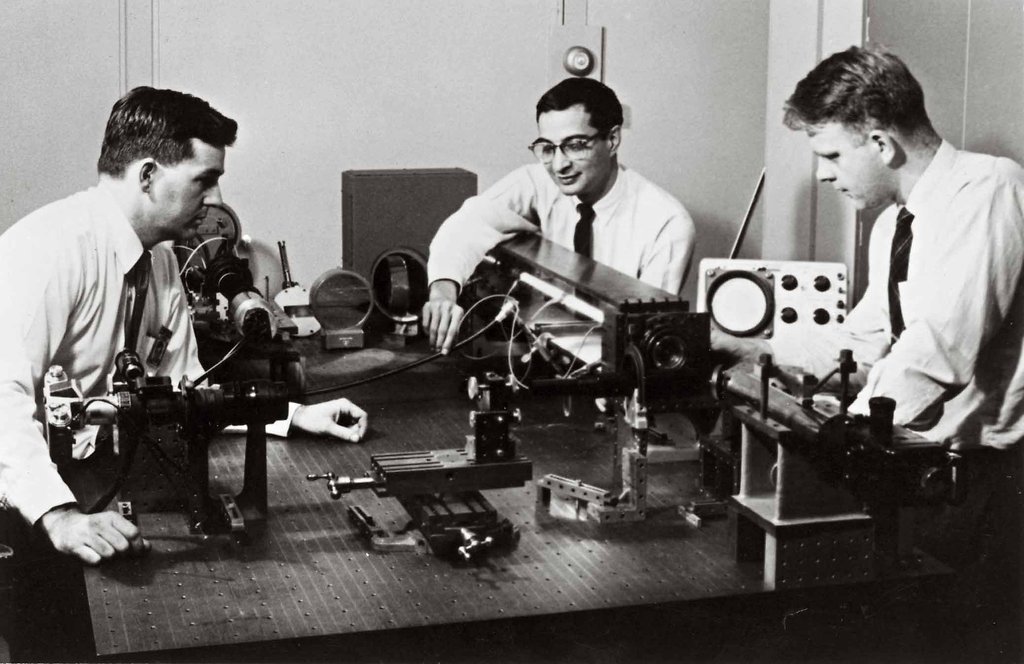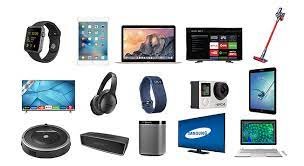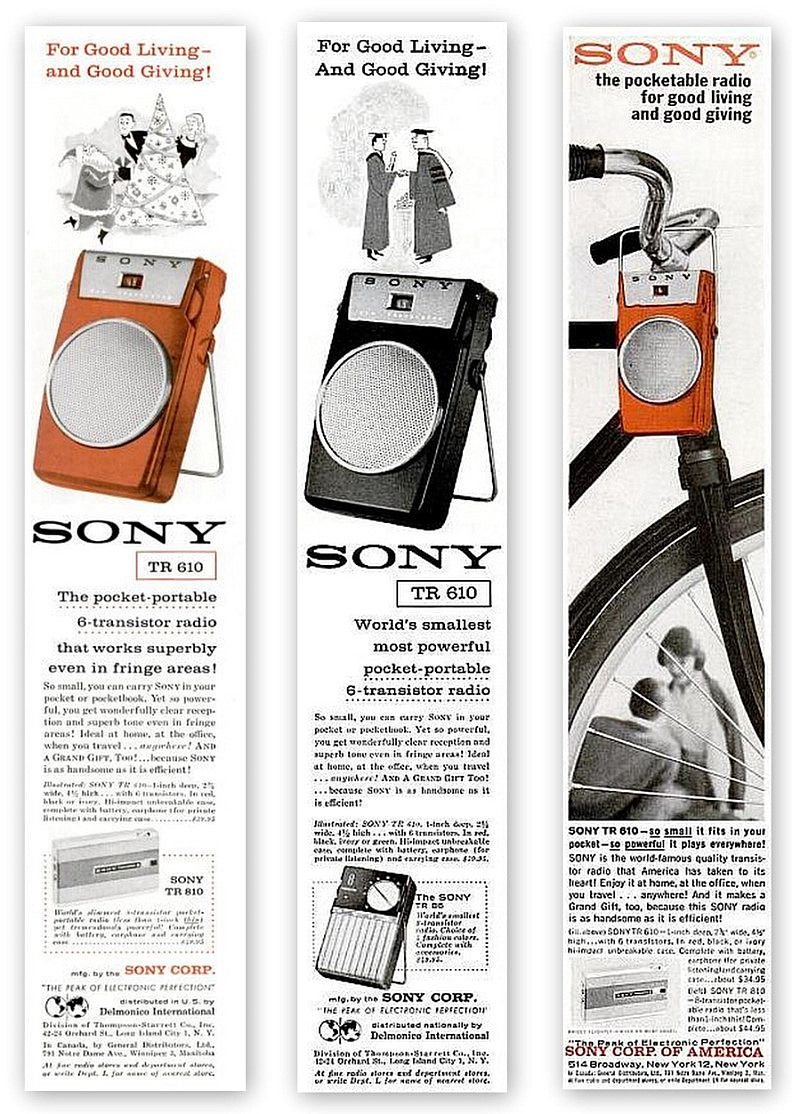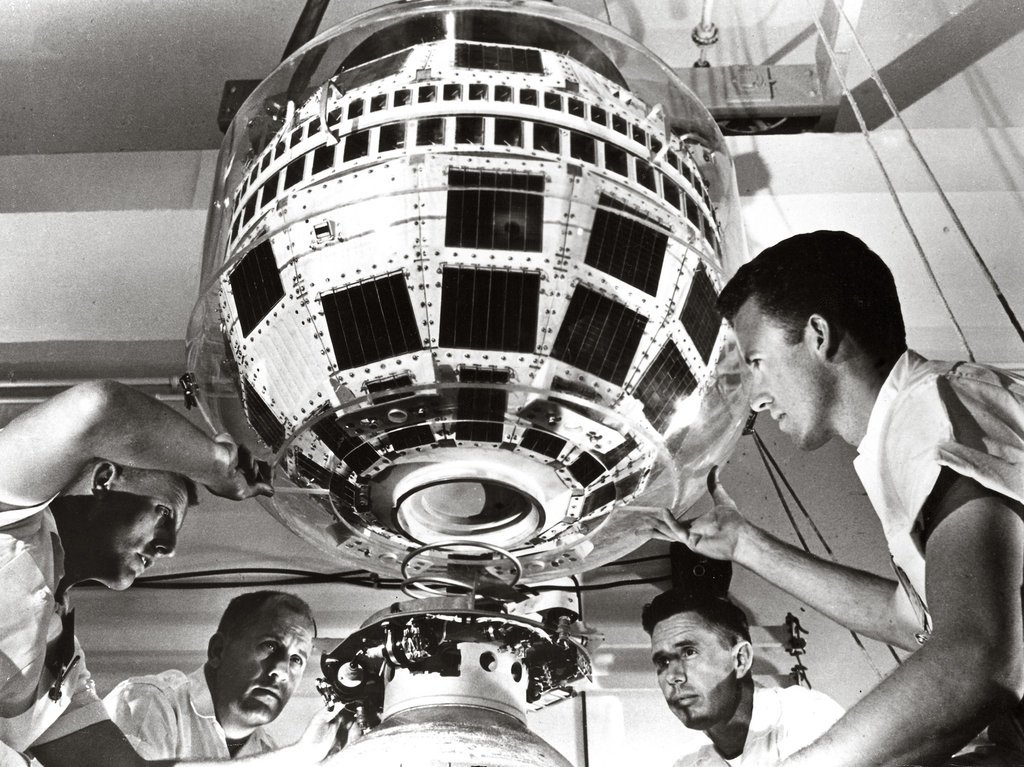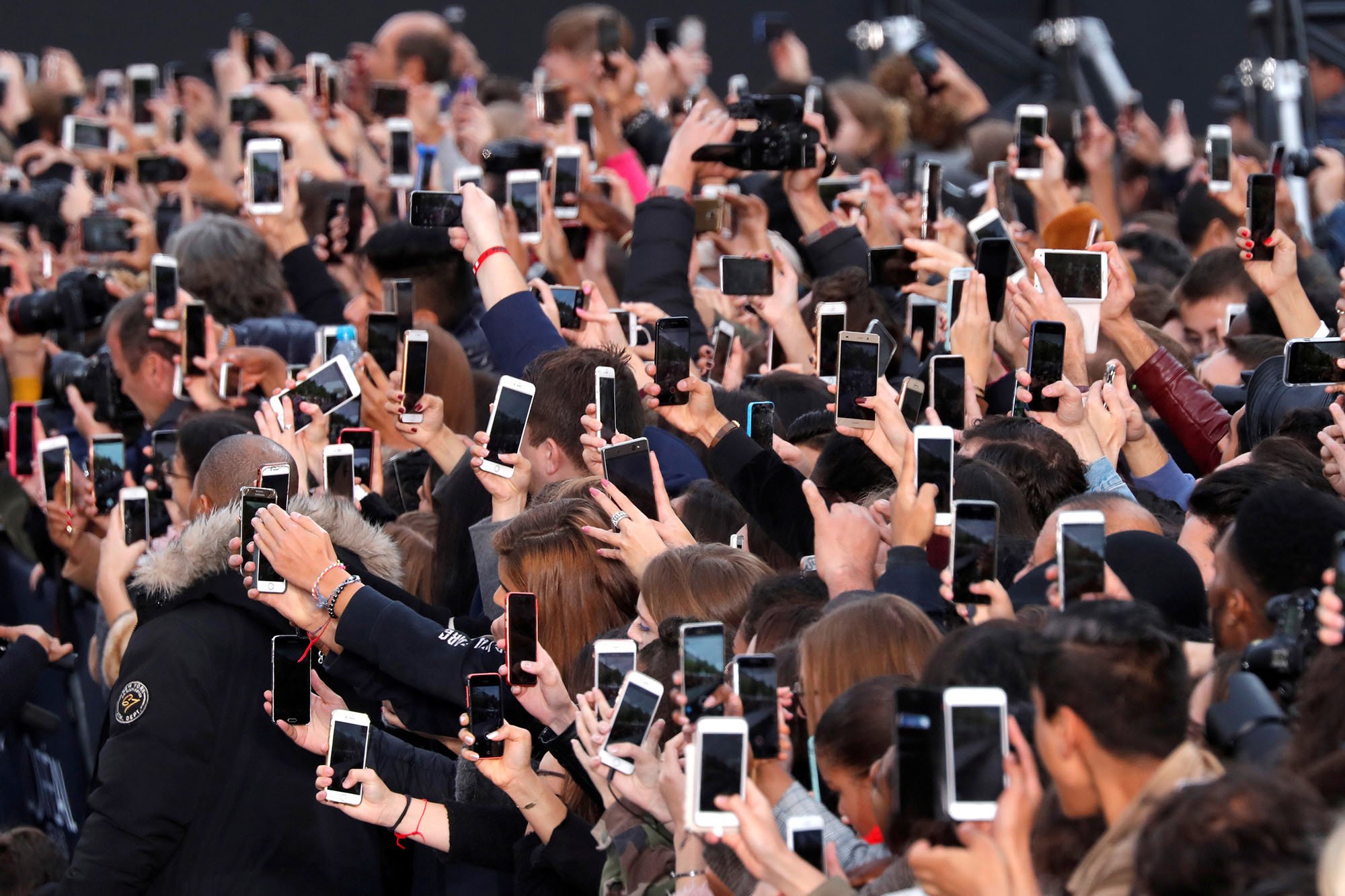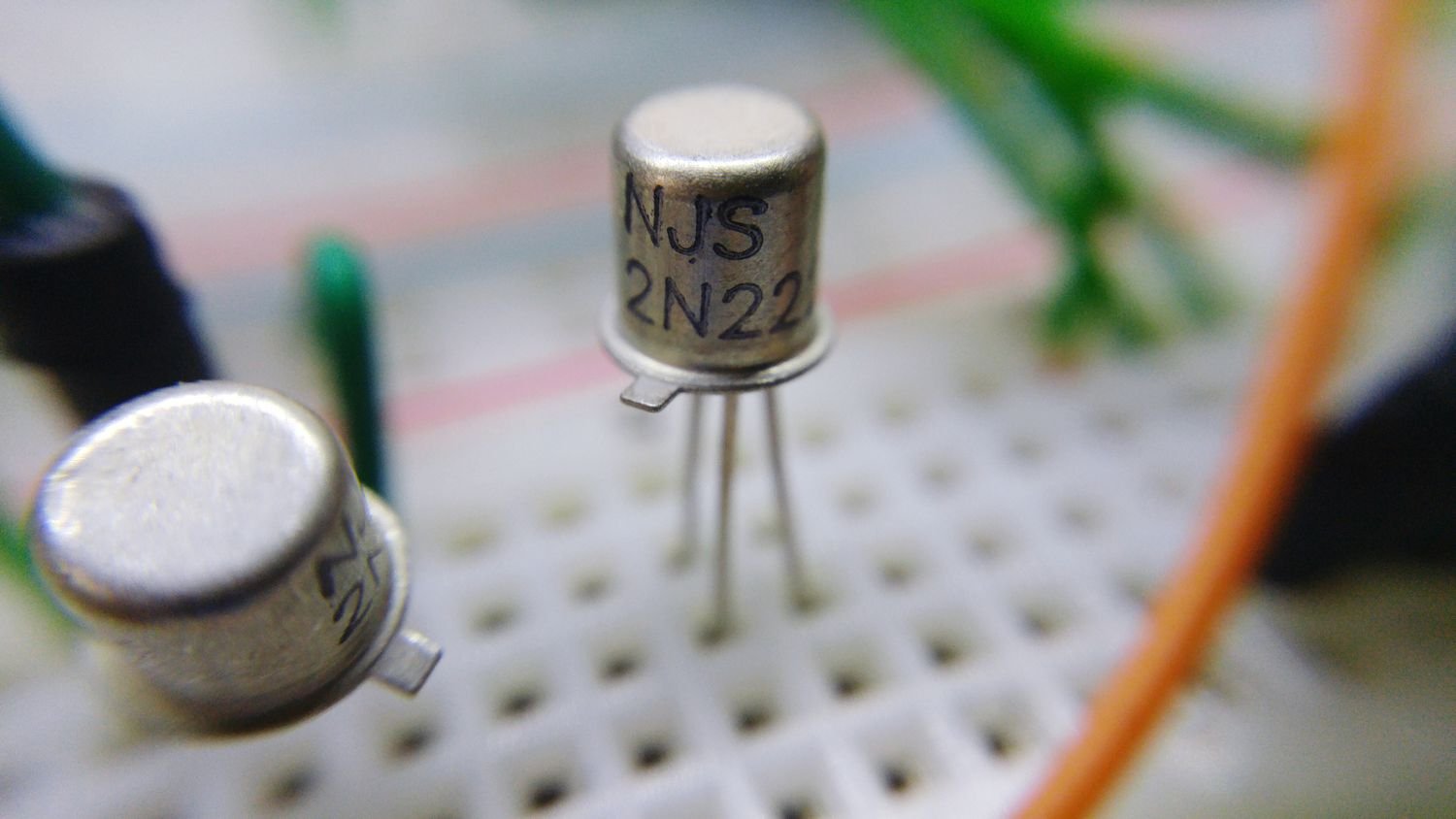THE LITTLE GIZMO THAT BRINGS YOU THE WORLD
RADIOLAND — 1950s — No one seemed to know how they worked. No one had a clue. To see them, pry off the plastic back and. . . There!
Those silver cylinders. One, two, three. . . SIX! Or if you spent a few bucks more — EIGHT! Somehow these small wonders transcended space, reached out into the ether and brought you the world.
Music, tinny but there beneath your pillow, there in your pocket. News on the hour. Baseball. Commercials. More music. More fun.
Last week, the Modern World celebrated a birthday, its 75th. The birthday was noted in just a few articles and radio spots, each beamed in on the tiny miracle that birthed our hi-tech world — transistors.
Before the first transistor was tested on December 23, 1947, radios were furniture. Big and boxy, all contained vacuum tubes, dozens of glowing bulbs that took, one comedian remembered, “maybe eight days” to warm up.
Before the transistor, radios were costly and constantly breaking down. Any tube might burn out any minute, sending Dad, grumbling, to the hardware store’s Tube Tester.
And when tubes powered more complex devices — radar, early computers, the first TVs — the machinery filled giant boxes or entire rooms. Enter Bell Labs.
Springing from the head of A.T.& T., expanded by wartime research, funded in part by a tax on every long-distance call, Bell Labs was “The Idea Factory.” There on a campus in Murray Hill, NJ, nerdy engineers in white shirts and skinny ties forged a revolution.
Bell Labs created the first solar cells, speech synthesizer, early computer languages. . . . But its prize was the transistor.
So what do transistors do? They are to electricity as faucets are to water. They turn current on and off. They amp it up or damp it down. That’s it. That’s the miracle. But do that enough times, with enough transistors and enough genius, and you have every device in Techland. Not just radios and TVs but calculators, computers, Playstations, tablets, and smart Everything. All are stuffed with transistors, those little cylinders beneath the plastic lid.
From the campus in New Jersey, the modern world spread. First to the military which bought up nearly every transistor, then in the early 1950s, to radios. When Texas Instruments hired a wartime engineer to design and market a tiny radio, RCA, Philco, Emerson and others were not interested.
The first transistor radio, the Regency TR-1 from Industrial Design Engineering Associates (I.D.E.A.), came out in 1954, in time for Christmas. Pocket-sized, it sounded as if it were playing inside a tin can. The cost was $50 — about $500 today. But despite its modest start, the revolution would not be televised. It would be radioed.
Because by 1956, the year when the inventors of the transistor shared the Nobel in Physics, a triad of rebels — rock music, adolescents, and transistor radios — was jumpstarting the Teening of America.
Imagine parents in the parlor, putting up with Elvis or Little Richard on the family’s furniture-sized RCA. Not likely. But once Bryclreemed boys and pony-tailed Gidgets got transistor radios, the music went with them. Upstairs. To the beach. To the hop.
Dozens of firms soon joined the frenzy. RCA, G.E., Admiral, Zenith, Motorola, Magnavox, Raytheon. . . But by 1960, Japanese companies dominated the market.
The AM soundtrack of the Sixties was played on millions of transistor radios. Next, SONY put transistors into portable TVs. Bell Labs built Telstar, the satellite that made the first transatlantic broadcast. And by the mid-60s, integrated circuits were putting not just six or eight but hundreds of transistors onto small plastic boards.
The sky was not the limit. Transistors took us to the moon, to Mars, beyond the solar system. Back on earth, the sons of nerdy engineers micro-managed the latest transistors — etched onto silicon chips — to make the first personal computers. . .
“Without the invention of the transistor,” Bill Gates observed, “I'm quite sure that the PC would not exist as we know it today."
Today’s transistors still do pretty much what the first one did. They amp up current. They switch it on and off. But the latest iPhone runs on a chip that contains. . . (wait for it) 16 billion transistors. There is little it can’t do and few who don’t own or want one. In a world with six billion smart phones, somewhere out there must be a squirrel with an iPhone.
Techno-evolution eventually sent transistor radios to the gadget graveyard. Boomboxes, SONY Walkmen, portable CD players and finally, iPods and IPhones made music for a generation that still doesn’t know how their devices work. They just turn on, tune in, tune out.
You can still buy old transistor radios on ebay. The first Regency sells for thousands but because the devices were made in the millions, most are cheap. But how should we celebrate the transistor’s 75th?
Back in 1931, when Edison died, Americans considered turning off all electronic devices for one minute, hoping to appreciate the changes he had wrought.
So maybe we should all take a minute and turn off our phones, laptops, computers, games. Turn them off and try to recapture the wonder of the simple click, the second of static, and then suddenly, in your hand — the Modern World. Brought to you by transistors.
SHARE THIS STORY
Sharing is kind and cool.







